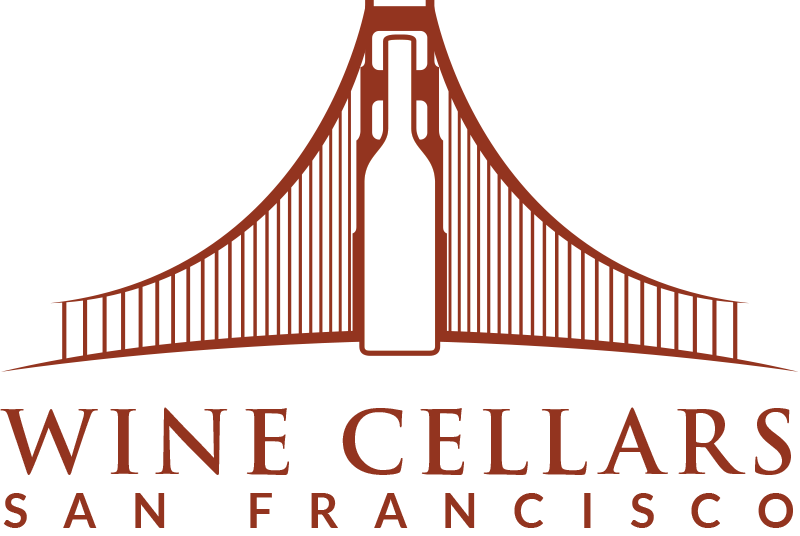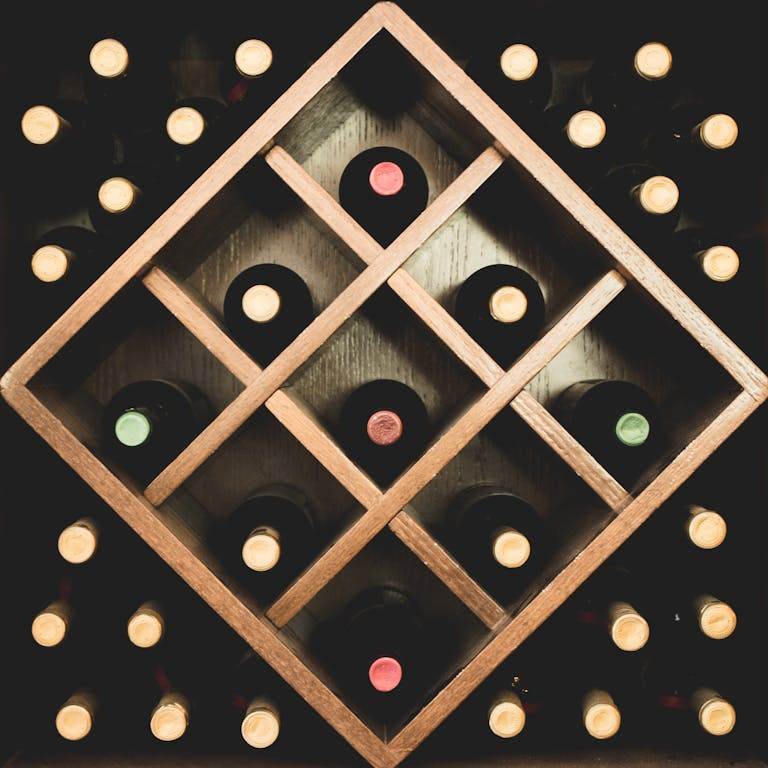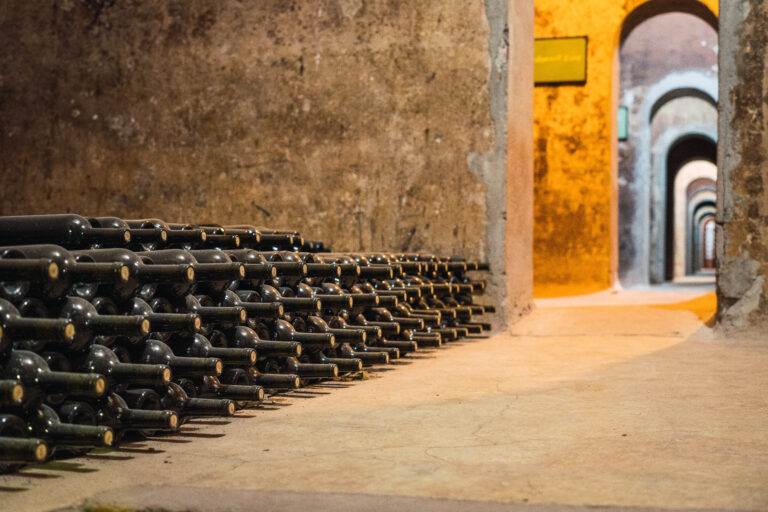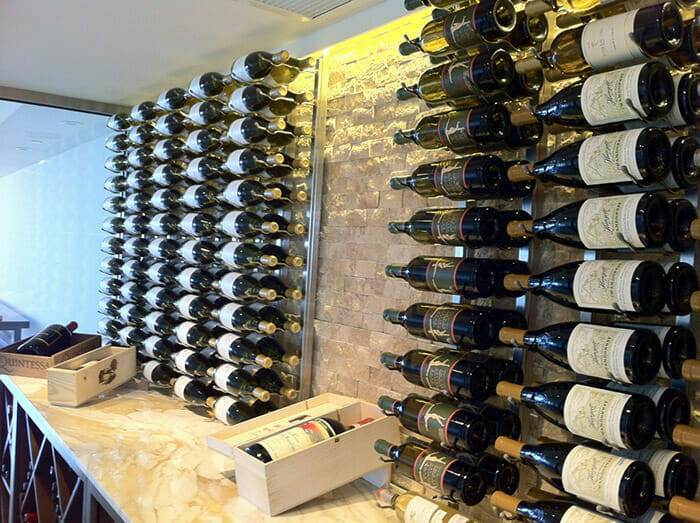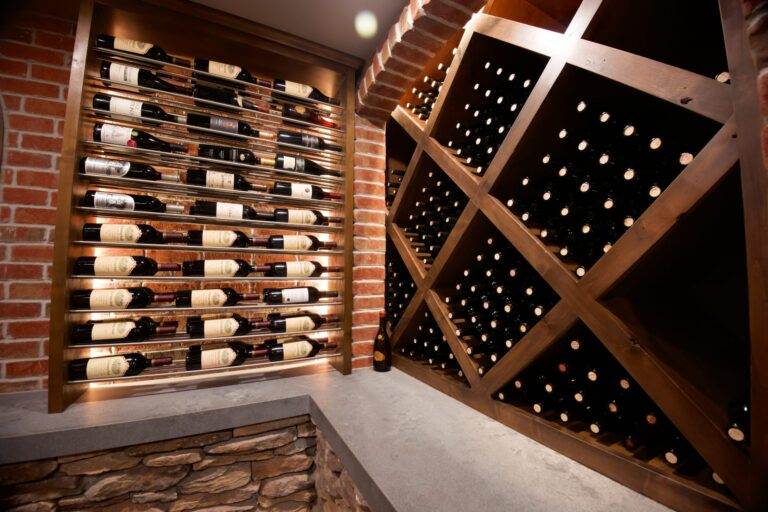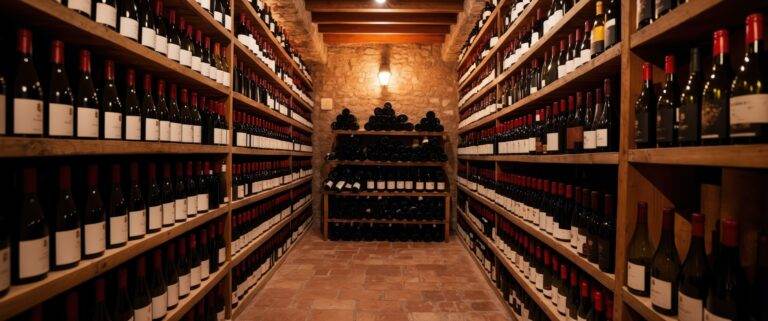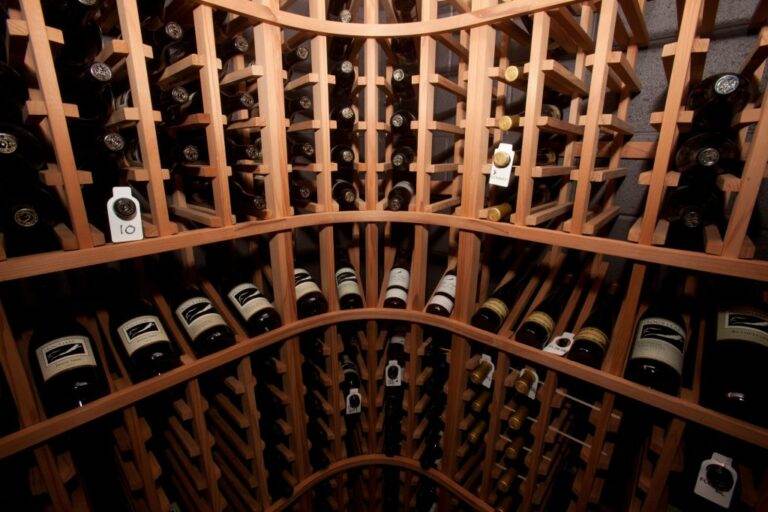Introduction
Importance of Wine Cellars in Property Value
In the realm of real estate, unique features can significantly elevate a property’s value, and wine cellars are no exception. Homebuyers today are looking for more than just a roof over their heads; they seek extraordinary amenities that reflect their lifestyle preferences. Wine Cellars as an Investment Adding a wine cellar not only enhances the aesthetic appeal of a home but also serves as a strategic investment. Here are some reasons why:
- Desirability: Properties with wine cellars attract discerning buyers, especially those who appreciate fine wines and entertaining.
- Differentiation: In a competitive real estate market, a well-designed wine cellar can set a property apart from others.
- Increased Value: An elegantly crafted wine haven can boost property resale value significantly.
Research suggests that homes with such bespoke features often see returns on investment (ROI) that exceed the initial construction costs. This makes wine cellars an attractive feature not only for aesthetics but also as a financial asset.
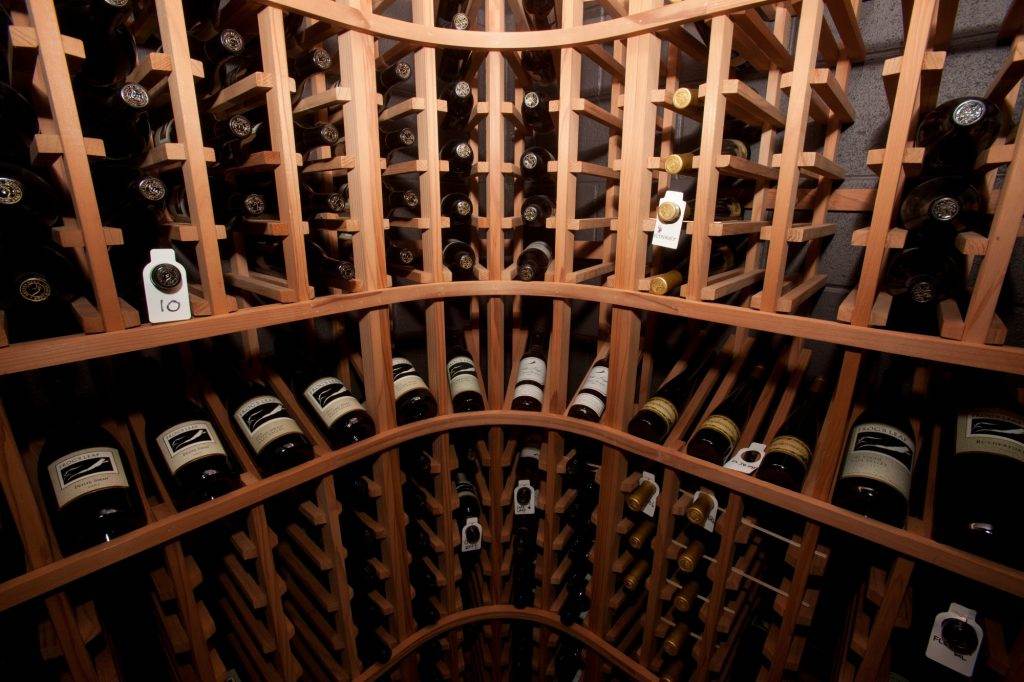
San Francisco’s Wine Culture
San Francisco boasts a rich and diverse wine culture, deeply intertwined with the surrounding regions like Napa Valley and Sonoma County. The local appreciation for fine wines fosters a lifestyle that prioritizes wine collecting and connoisseurship. Some key aspects of San Francisco’s wine culture include:
- Wine Events: The city hosts numerous wine-tasting events and festivals throughout the year, drawing wine enthusiasts from far and wide.
- Community: Local wine clubs and gatherings provide excellent networking opportunities for wine lovers and novices alike.
- Accessibility: With proximity to some of the world’s best vineyards and wineries, residents often take pride in their access to premier wines.
For homeowners in the Bay Area, investing in a wine cellar is not merely about storage; it’s about embracing a way of life that celebrates both personal and communal experiences centered around exceptional wine. Thus, a wine cellar transcends being a luxury item—it becomes an integral part of a vibrant lifestyle linked to the rich cultural tapestry of San Francisco.
The Benefits of Adding a Wine Cellar
Investment Value
Transitioning from the vibrant wine culture of San Francisco, it becomes evident that a wine cellar is more than just a trendy addition to a home—it’s a savvy investment opportunity. Homeowners are increasingly recognizing the financial benefits associated with installing a dedicated wine storage solution. Why Wine Cellars Are Financially Smart. Here are some compelling reasons that highlight the investment value of wine cellars:
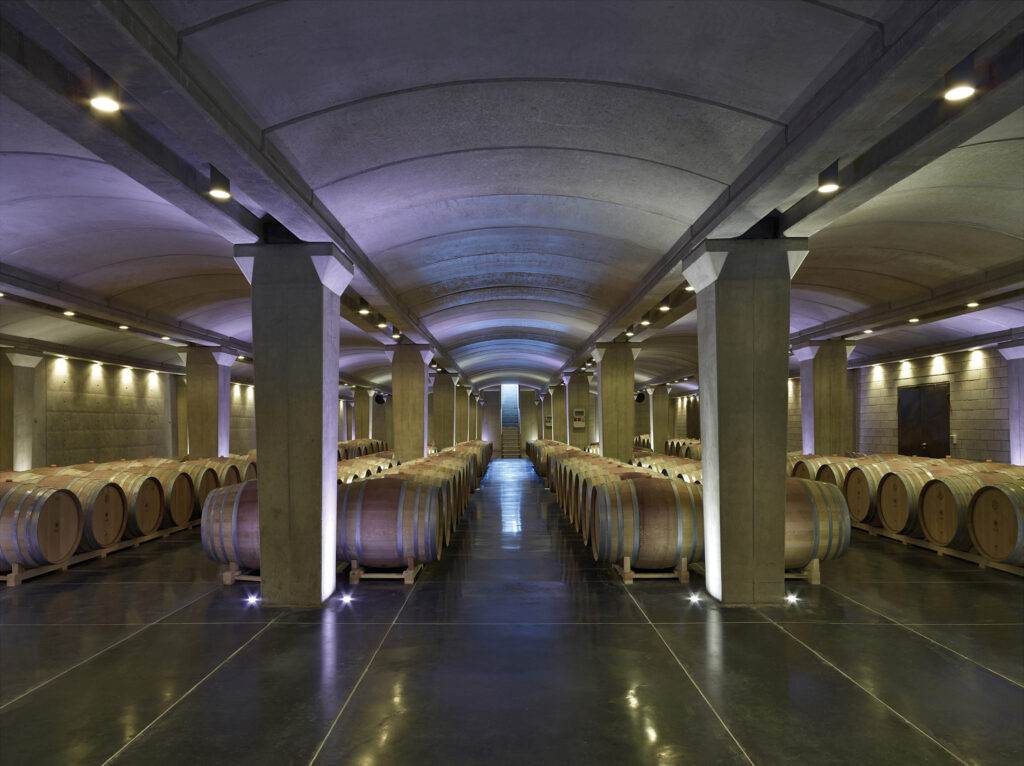
Appreciation of Property Value: Homes with well-designed wine cellars are often appraised higher compared to similar properties without such features.
Market Demand: As more individuals embrace wine collecting as a hobby or passion, the demand for homes with wine cellars continues to rise.
Personal Asset Growth: A wine cellar allows homeowners to curate their own collection, which can appreciate in value over time, providing both enjoyment and potential future profits.
By building a wine cellar, homeowners not only enhance their property’s charm but also have the opportunity to turn their passion for wine into a financial asset.
Lifestyle Upgrade
In addition to its financial merits, adding a wine cellar undoubtedly elevates one’s lifestyle. It transforms daily living into an experience that celebrates culinary creativity and social interaction. Consider how a wine cellar can redefine home life:
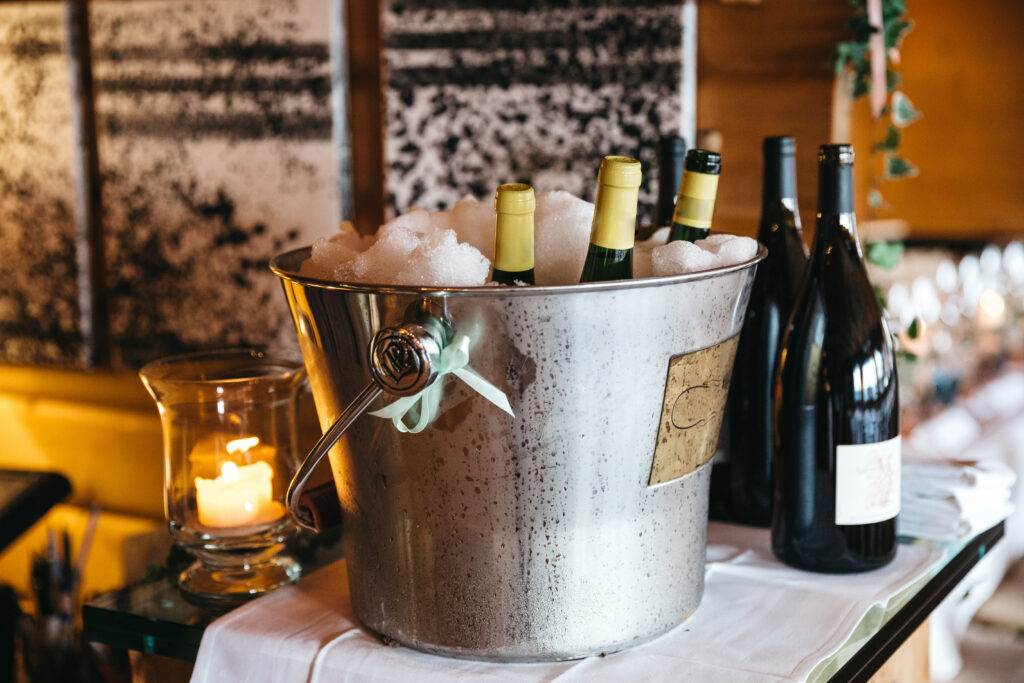
- Entertaining: Hosting dinner parties becomes a breeze when you can serve guests perfectly stored wines. A designated wine cellar offers a visually appealing backdrop that sparks conversation.
- Personal Retreat: A wine cellar can serve as your personal sanctuary. Whether you’re unwinding after a long day or sharing a quiet moment with a loved one, a wine cellar provides a serene escape.
- Culinary Pairing: A comprehensive wine collection elevates meals. You can thoughtfully pair your dinner recipes with the perfect wines, transforming ordinary meals into gourmet experiences.
The benefits of adding a wine cellar extend far beyond mere storage—it enriches entertainment, fosters connections, and offers unparalleled lifestyle enjoyment. Ultimately, a wine cellar becomes not just a feature of the home but a cornerstone of sophisticated living.
Factors to Consider Before Building
Space and Location
As homeowners delve into the exciting journey of building a wine cellar, it’s crucial to consider various factors that will determine the success and functionality of the project. One of the most significant elements is the available space and its location within the home. When thinking about where to create a wine cellar, consider these important aspects:
- Available Square Footage: Assess the area that is both functional and conducive to wine storage. Wine cellars can range from small closets to expansive rooms. Decide based on your collection size and future growth plans.
- Accessibility: Consider how the space is accessed. A wine cellar near the dining or entertainment areas can enhance convenience when hosting gatherings or enjoying a quiet evening with a glass of wine.
- Potential for Expansion: Think about whether the current space can accommodate future additions to your wine collection without needing to be renovated again soon.
By carefully selecting space and location, homeowners can maximize their wine cellar’s functionality and ease of use.
Climate Control
Once the ideal location has been identified, the next critical consideration is climate control. Temperature and humidity are essential factors in preserving the quality of wine, making it imperative to create an environment that supports optimal storage conditions. Here are several vital elements to implement for effective climate control:
- Temperature Stability: Wine should be stored at consistent temperatures, ideally between 50°F to 58°F (10°C to 15°C). Investing in a wine refrigeration unit or appropriately insulating the space can help maintain this range.
- Humidity Regulation: Maintaining 50% to 70% humidity is essential for preventing corks from drying out and spoiling the wine. Installing a humidifier or using moisture-absorbing materials can help regulate humidity levels.
- Light Control: Wines are sensitive to light exposure, which can cause premature aging. Designing the cellar with no direct sunlight or using UV-filtering glass for windows is an effective solution.
By focusing on space, location, and climate control, homeowners set the foundation for a successful wine cellar. These considerations ensure that the wines not only have the ideal environment for aging but also create a beautiful and functional area to showcase and enjoy one’s collection.
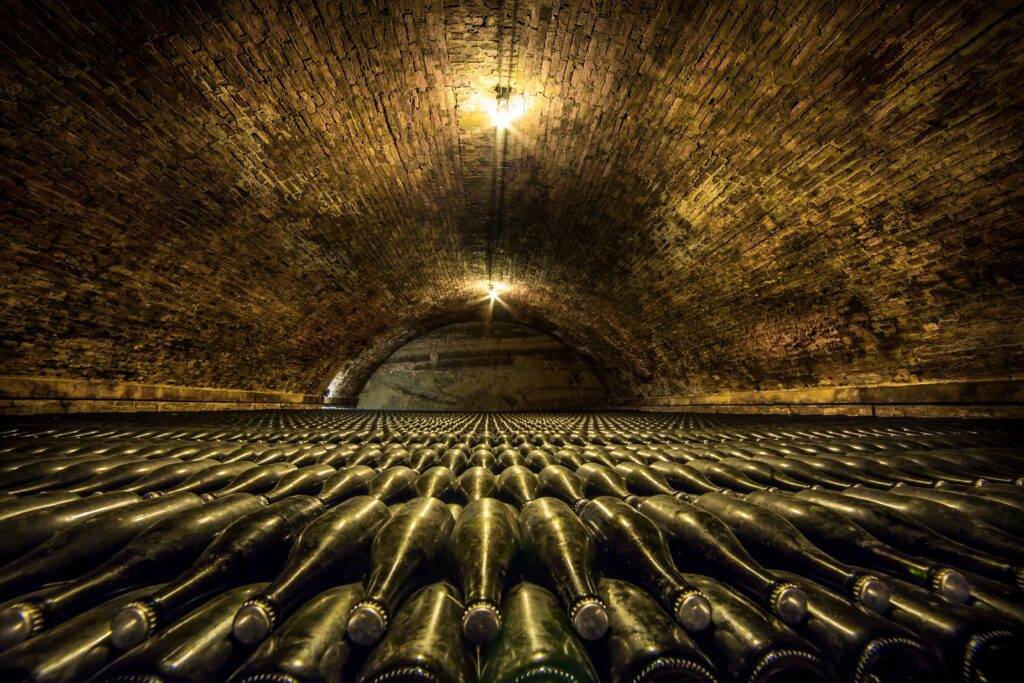
Planning Your Wine Cellar Design
Custom vs. Prefab
With a solid foundation laid for your wine cellar, it’s time to think about the design itself. One of the primary decisions you’ll face is whether to opt for a custom-built wine cellar or a prefab option. Both have their merits, but understanding the nuances can help you make an informed choice.
Custom Wine Cellars Custom-designed wine cellars are tailored to your specific needs and preferences. Here are some benefits to consider:
- Personalization: You have full control over the layout, shelving, and overall aesthetics, allowing you to reflect your style perfectly.
- Efficient Use of Space: A custom design can optimize the available space, ensuring every inch is utilized effectively.
- Unique Features: You can incorporate special elements such as tasting areas, display racks, or custom lighting that can enhance the overall experience.
Prefab Wine Cellars On the other hand, prefab options can offer a more straightforward solution. Consider these advantages:
- Cost-Effective: Generally, prefab cellars can be less expensive than a custom build, making them a suitable choice for those on a budget.
- Quick Installation: Prefab solutions are typically designed for easy assembly, allowing homeowners to enjoy their wine collection sooner.
- Variety of Options: Many manufacturers offer an array of designs and sizes that may fit your needs without the wait of a custom build.
Your choice between custom and prefab depends largely on your budget, timeline, and design aspirations.
Construction Materials
No matter the design route you choose, the construction materials are fundamental to the success of your wine cellar. The right materials can enhance the cellar’s aesthetics, insulation, and overall functionality. Key material considerations when planning your wine cellar, keep the following materials in mind:
- Wood: Popular choices like cedar or mahogany are not only visually appealing but also help regulate moisture, creating an ideal environment for wine storage.
- Stone: Utilizing stone can give your cellar a rustic feel, while also contributing to thermal regulation, helping maintain a stable temperature.
- Glass: Incorporating glass elements provides an elegant display for your bottles while letting light for aesthetics without compromising the wine’s integrity. Just be sure to use UV-filtering glass.
- Insulation: Regardless of the materials used, high-quality insulation is essential. Consider insulated doors and walls to keep your wine at the right temperature and humidity levels.
By carefully considering the design route and materials, you can create a wine cellar that not only complements your home but also becomes a personal retreat for wine enthusiasts. This planning phase is integral in ensuring that your space meets both functional and aesthetic needs for years to come.
Showcasing Your Wine Collection
Lighting and Display
Having meticulously planned and constructed your wine cellar, the next exciting phase is showcasing your prized collection. Proper lighting and display techniques can transform a simple storage space into a luxurious haven that highlights your wines’ beauty and character.
The Role of Lighting
Lighting is crucial in creating the right ambiance while ensuring the integrity of the wine. Here are some tips to consider:
- Soft, Ambient Lighting: Opt for soft LED lights that don’t generate heat. Avoid harsh bulbs that could prematurely age the wines.
- Display Lighting: Consider accent lighting above shelves or within display cases to spotlight particular bottles. This not only enhances the aesthetic but also makes it easier to find your favorites.
- Dimmable Options: Install dimmable fixtures that allow you to control the intensity of light depending on whether it’s a casual evening at home or a special gathering with friends.
Creating Stunning Displays
An effective display can turn your wine cellar into a conversation starter. Here are some creative ideas:
- Horizontal Racking: Store bottles horizontally to ensure the corks stay moist, which is essential for wine quality. This practice also allows the labels to be easily visible.
- Feature Wall: Designate a wall for high-end or rare bottles, using uniquely designed racks or shelves that draw attention and admiration.
- Glass Front Cabinets: Consider showcasing select bottles in glass-front cabinets, combining protection with visibility, while still emphasizing the elegance of your collection.
Organization and Storage Solutions
In addition to lighting and displays, how you organize and store your wines plays a significant role in both functionality and aesthetic appeal. An organized space not only enhances accessibility but adds to the overall charm of your cellar.
Effective Organization Strategies
Think about how you’d like to navigate your collection, and try these strategies:
- Categorization: Group wines by type (red, white, sparkling) or by region, making it easier to locate bottles for different occasions.
- Labeling: Implement clear labeling systems, whether using tags or color-coded systems, to further streamline the organization.
- Inventory Management: Using software or an app to keep track of your wine collection can prevent overbuying or forgetting what you already own.
Storage Solutions
Consider the following options to enhance your wine storage experience:
- Modular Racks: These are great for adapting to future additions to your collection, allowing you to tweak the setup as needed.
- Cooler or Refrigerator Units: If space allows, adding a temperature-controlled wine cooler can provide additional storage while ensuring optimal conditions for your premium bottles.
By thoughtfully integrating lighting and display techniques alongside organization and storage, your wine cellar will not only become a practical solution for wine preservation but also a beautiful showcase for your collection, celebrating the art of wine right in your home.
Increasing Property Value with a Wine Cellar
Market Trends in San Francisco
As we shift our focus to the broader implications of wine cellars, one cannot overlook their impact on property value, particularly in a market as vibrant as San Francisco’s. This city, renowned for its affluent clientele and burgeoning wine culture, offers a unique landscape for homeowners considering adding a wine cellar.
Current Market Insights: San Francisco’s real estate market is competitive and highly influenced by lifestyle trends. Here are some key market trends that highlight the value of wine cellars:
- Increased Demand for Features: Homebuyers today prioritize unique attributes, such as wine cellars, that cater to their lifestyle and social preferences.
- Affluence and Wine Culture: With proximity to top wineries, many residents of San Francisco are wine enthusiasts who appreciate the convenience and allure of having a dedicated space to store their collection.
- Luxury Appeal: Homes with luxurious features, such as a wine cellar, are often perceived as more upscale and desirable, attracting buyers willing to pay a premium.
This trend indicates that having a wine cellar is not only a reflection of personal taste but also enhances the overall marketability of a home.
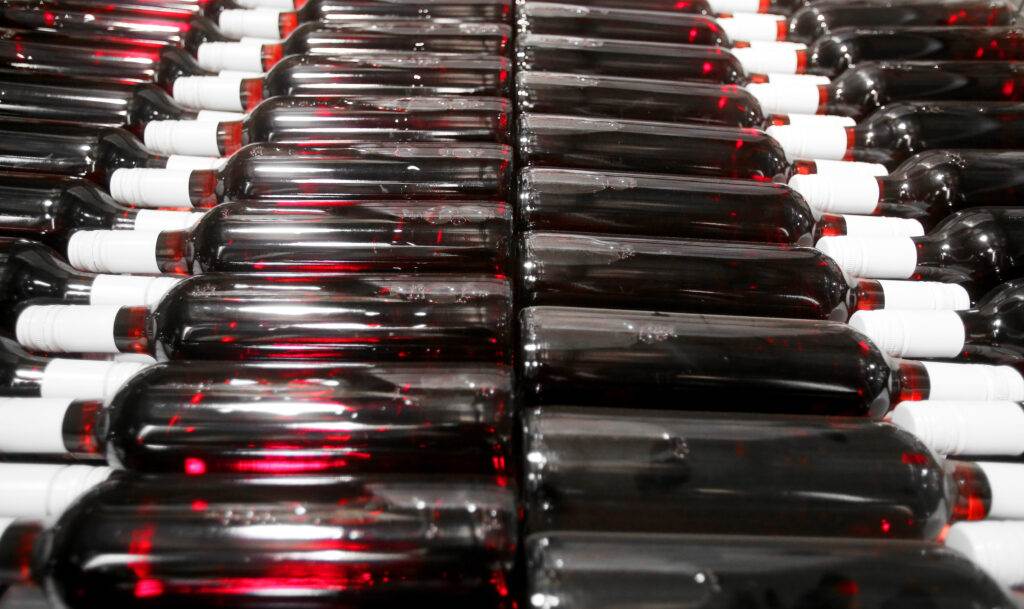
ROI of Wine Cellar Addition
Now, let’s delve into the potential return on investment (ROI) associated with adding a wine cellar to your property. Understanding the financial benefits is crucial for homeowners making this decision.
Evaluating ROI
Consider the following aspects when evaluating the ROI of your wine cellar addition:
- Cost vs. Value: While the initial investment for a custom wine cellar can vary, estimates suggest that homeowners may see returns that range from 50% to over 100% based on their luxury market.
- Enhanced Resale Appeal: Properties equipped with unique features like wine cellars tend to attract more buyers, helping homes sell faster and at higher price points.
- Long-term Appreciation: As the value of properties in wine-centric regions like San Francisco continues to rise, homeowners may benefit over the long term, as their wine cellar contributes positively to overall property value.
Moreover, by curating a carefully selected wine collection, homeowners can not only enhance their lifestyle but also potentially turn their passion into a valuable asset that appreciates alongside property values. In summary, incorporating a wine cellar in San Francisco is more than a trend; it is a savvy investment decision that aligns with market demands and enhances property value in a region celebrating wine culture. For homeowners looking to elevate their living experience while boosting their real estate investments, a wine cellar might just be the perfect addition.
